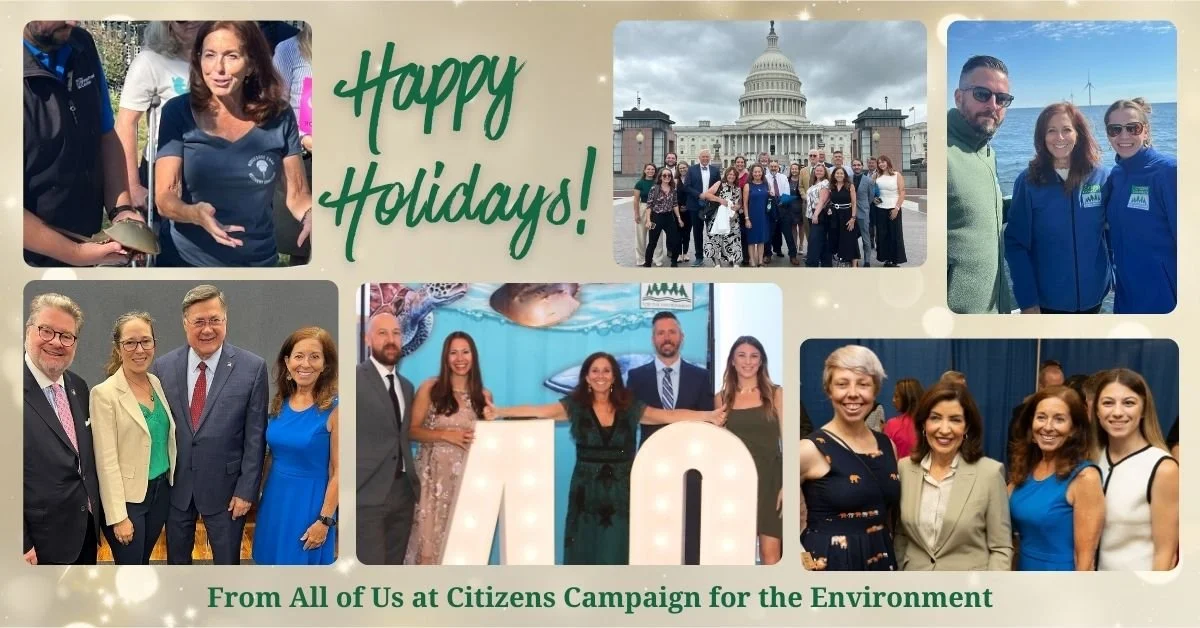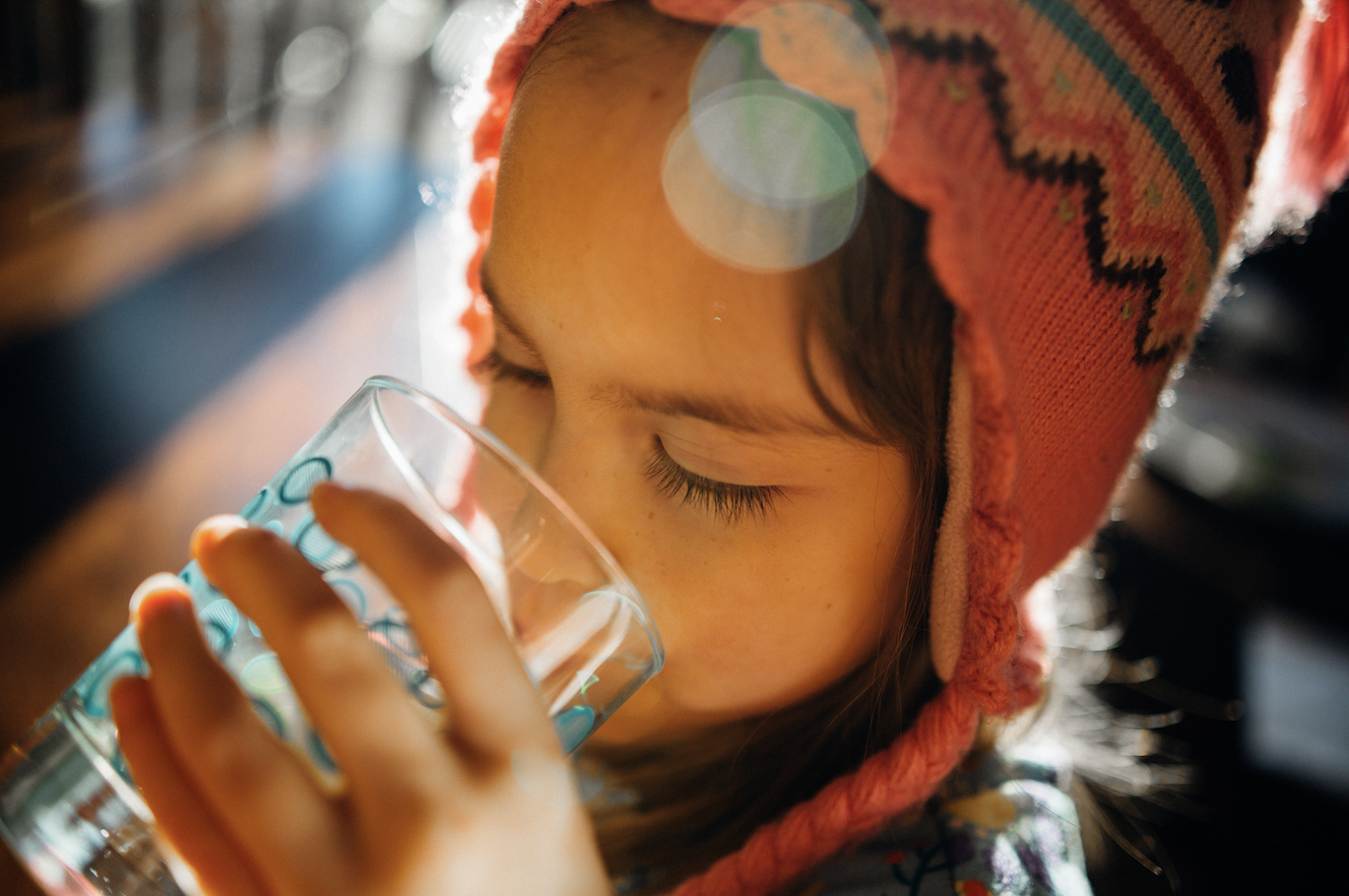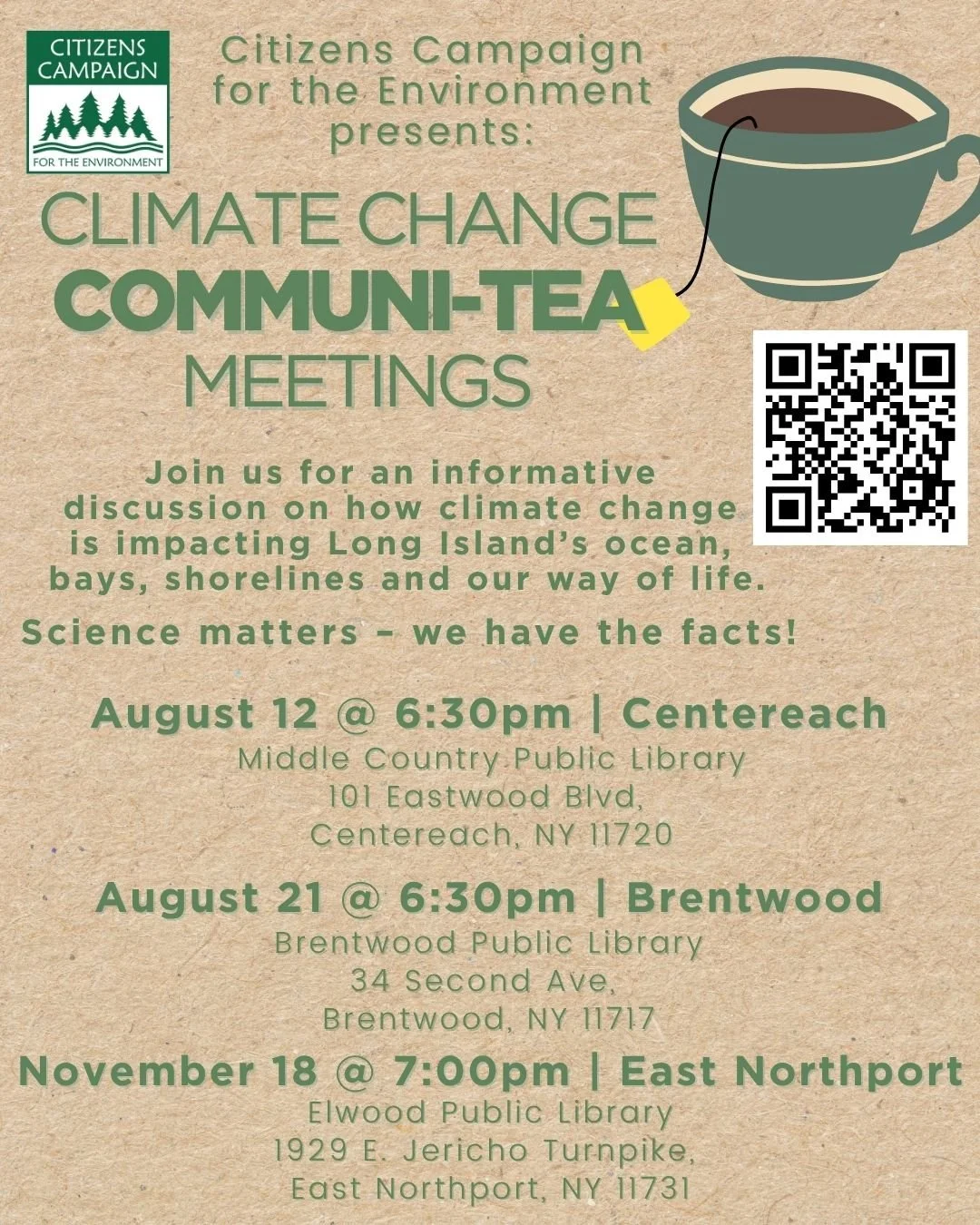Thanks to our members, we had a successful 2025! With the challenges ahead of us in 2026, we’ll need your continued support!
In 2025, we celebrated our 40th anniversary with a series of major victories. Here’s what we’ve been up to this year:
Saving the horseshoe crab—After years of advocacy, NYS passed a law to ban harvesting of horseshoe crabs, helping to ensure that this critical species is saved from local extinction.
Moving offshore wind forward—We worked to put an end to the stop-work order on the Empire Wind offshore wind project, and supported a successful legal challenge to an illegal halt on all federal permitting of new wind power projects.
Fighting cuts to federal environmental funding—Despite efforts to slash federal clean water funding by as much as 90%, we’ve worked to build strong bipartisan support to maintain critical clean water infrastructure funding.
Protecting our Great Lakes and Long Island Sound—We led the charge to maintain full federal funding for restoration of these essential waters.
Fixing our sewage and drinking water infrastructure—We helped to secure $500 million in NYS to prevent sewage spills into waterways and to remove dangerous emerging contaminants from drinking water.
Setting an all-time high for the NYS Environmental Protection Fund: We successfully advocated for a $425 million NYS EPF, which will help restore the Great Lakes and Long Island Sound, build community parks, save family farms, and so much more in every part of the state.
While we celebrate all the success we’ve achieved with your support, we recognize there is so much more work to do in the year ahead. At the federal level, the administration is working to roll back drinking water standards for dangerous PFAS chemicals, stop the advancement of clean, renewable energy, slash critical environmental funding, and more. We’re fighting back.
At the state level, we’ll work to get dangerous PFAS chemicals out of products like cookware, fix the state’s solid waste crisis, advance wind and solar power, and maintain nation-leading investments in protecting clean water.
We’re grateful to our members and need your continued support to get this critical work done. Please consider making an end-of-year donation today!
Happy Holidays,
All of us at CCE
















